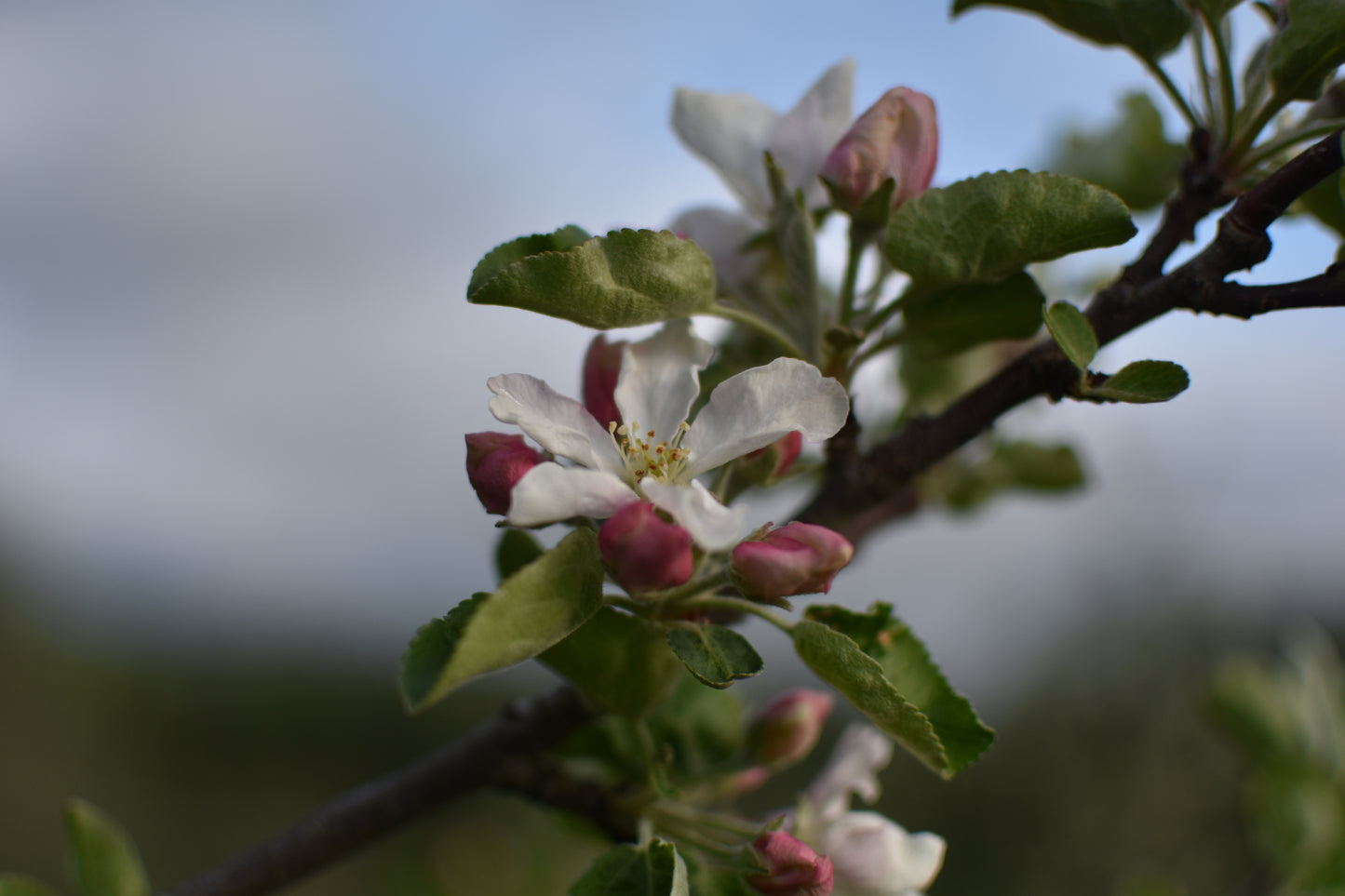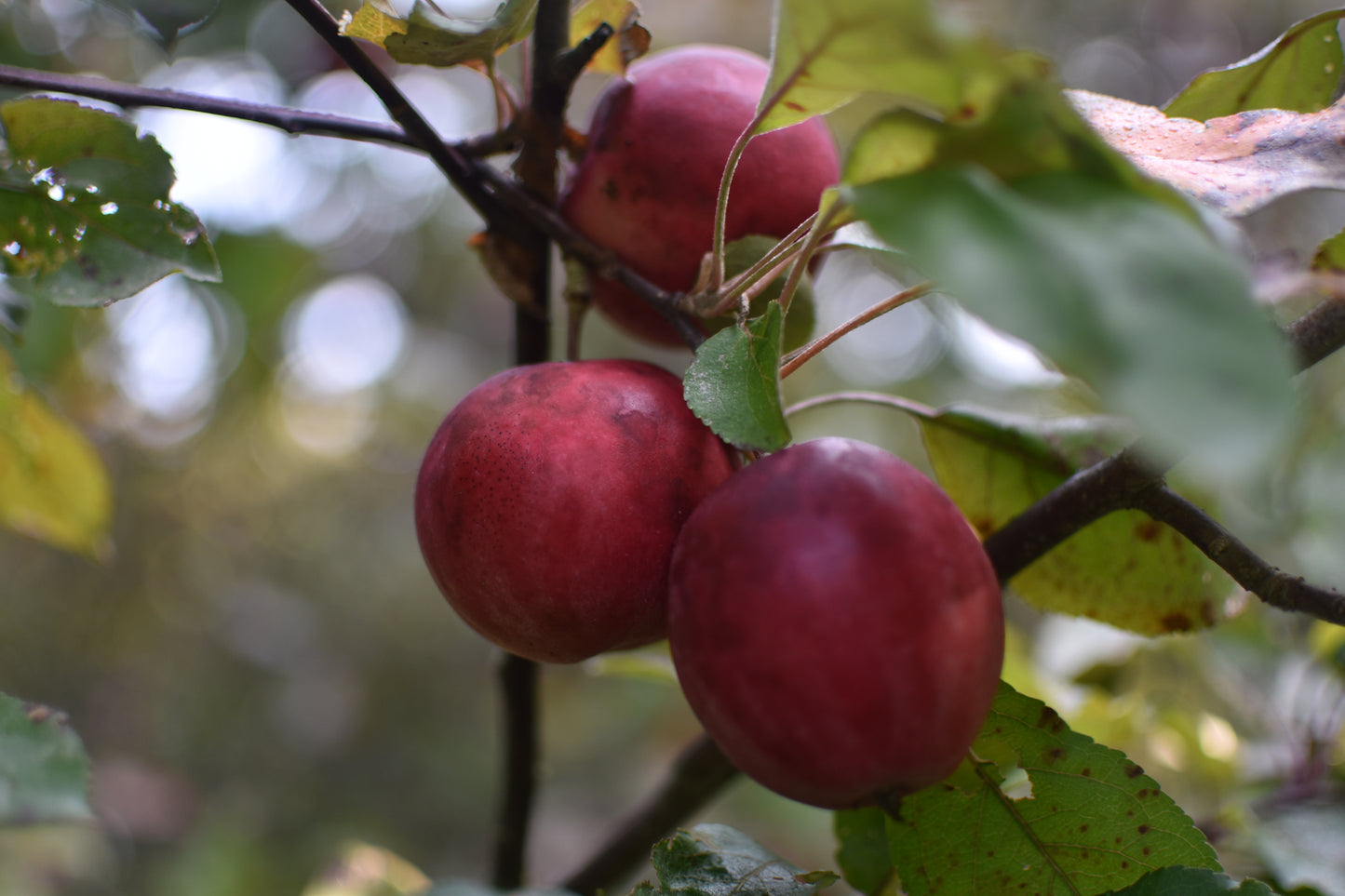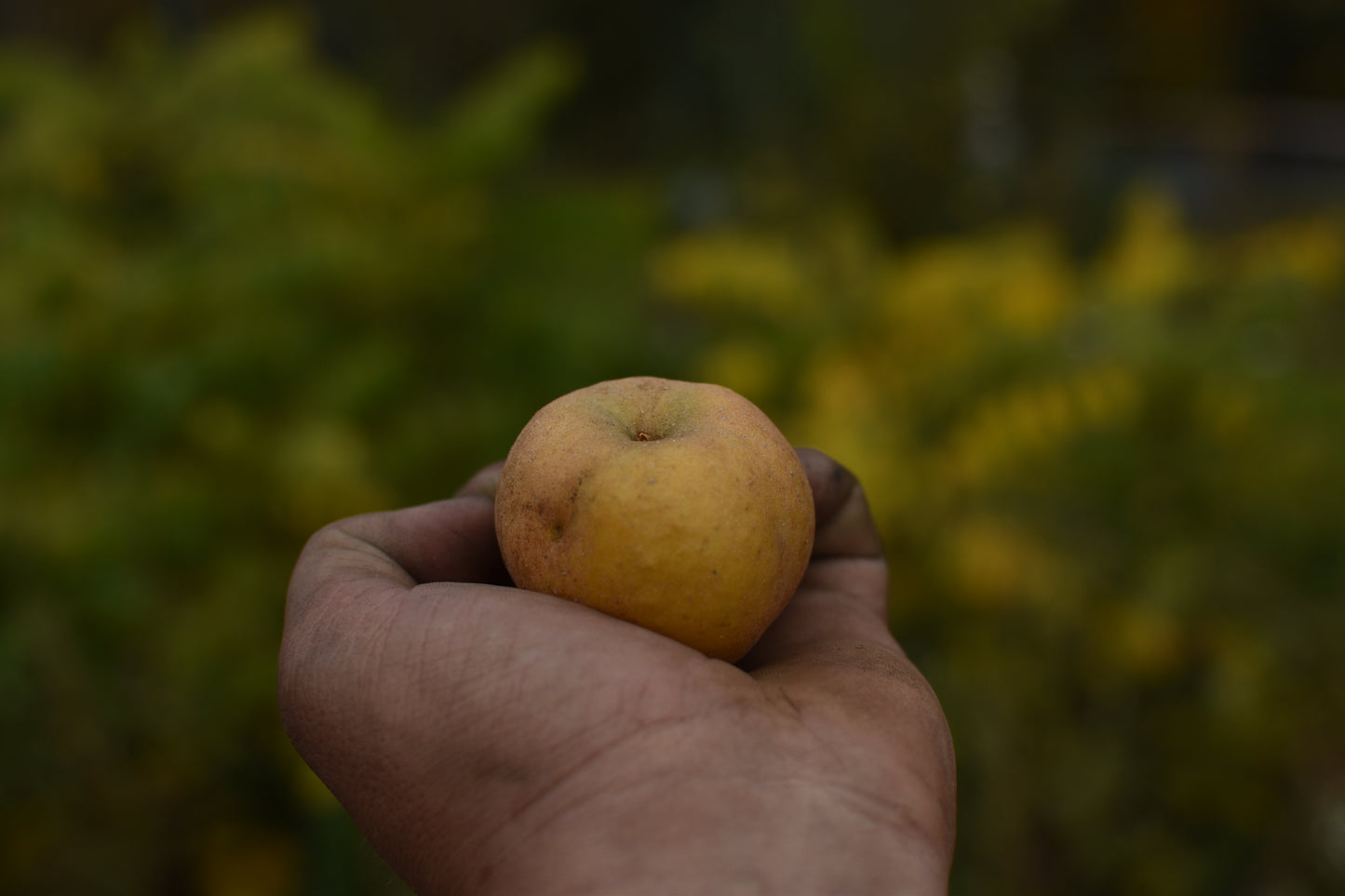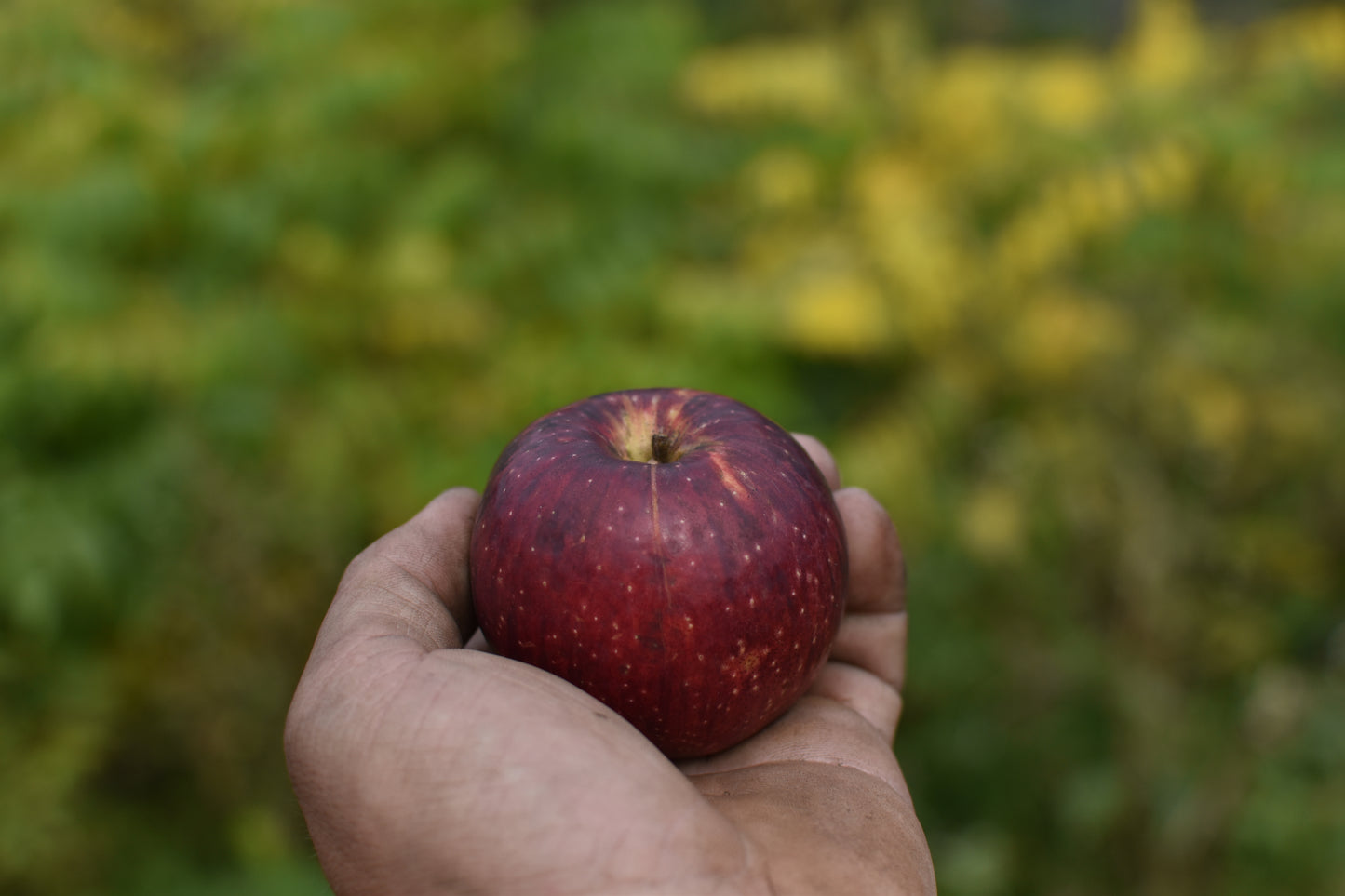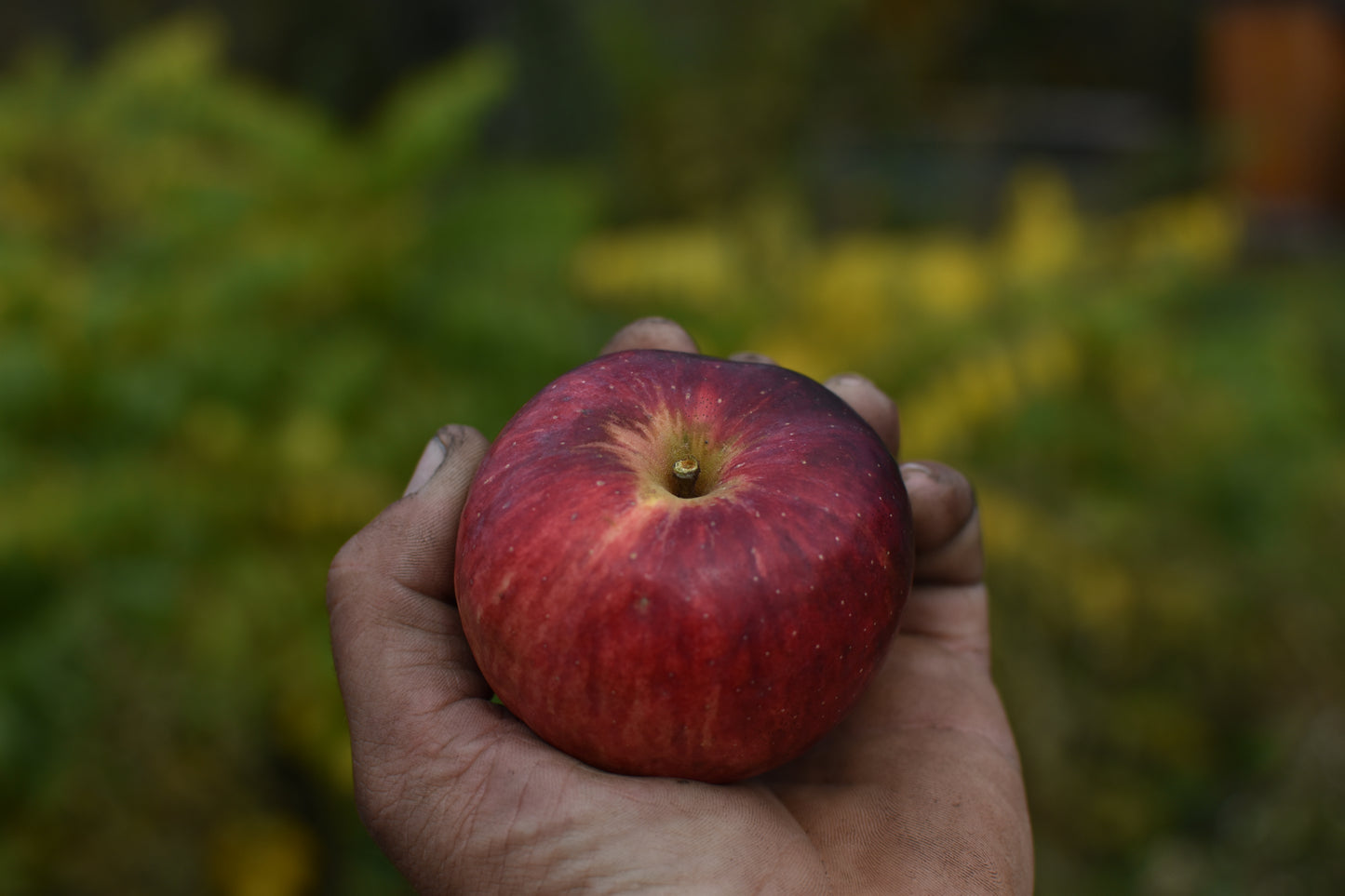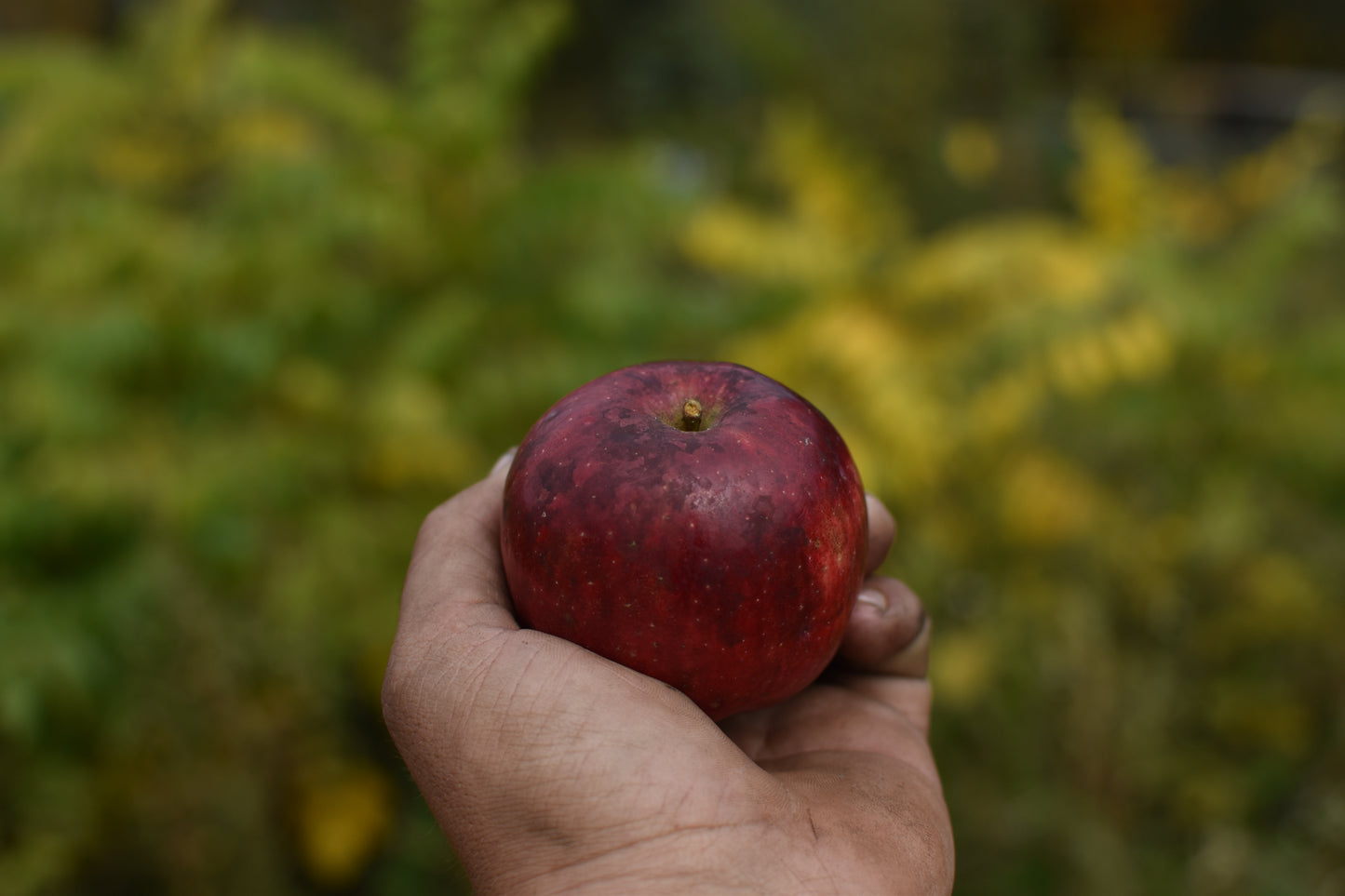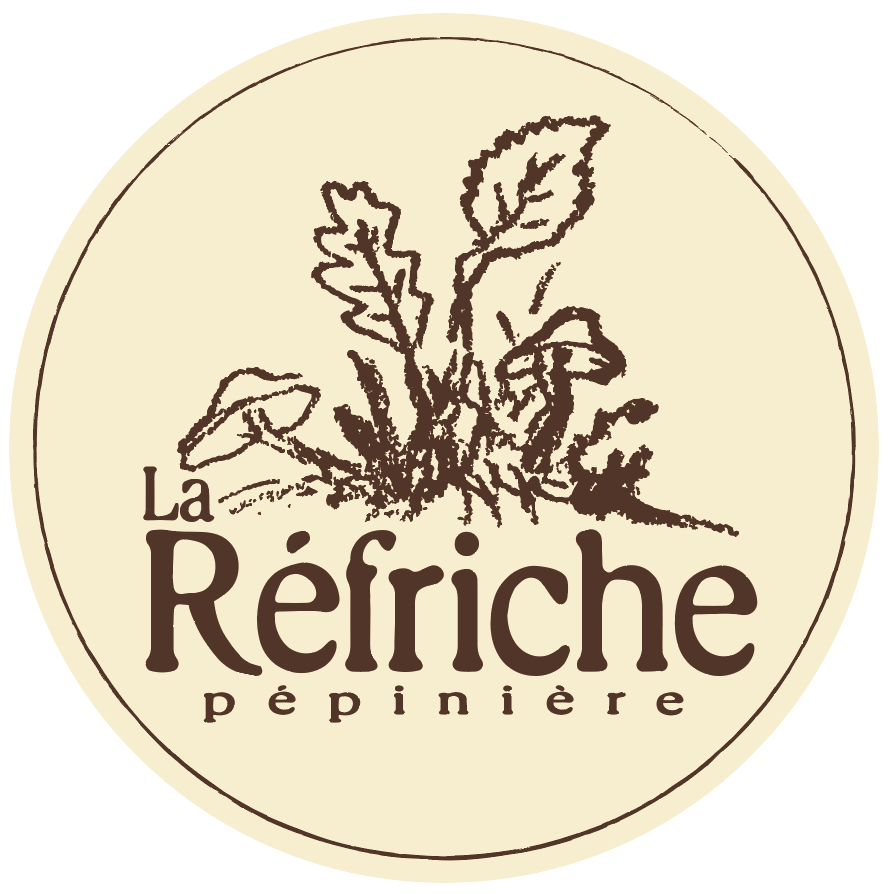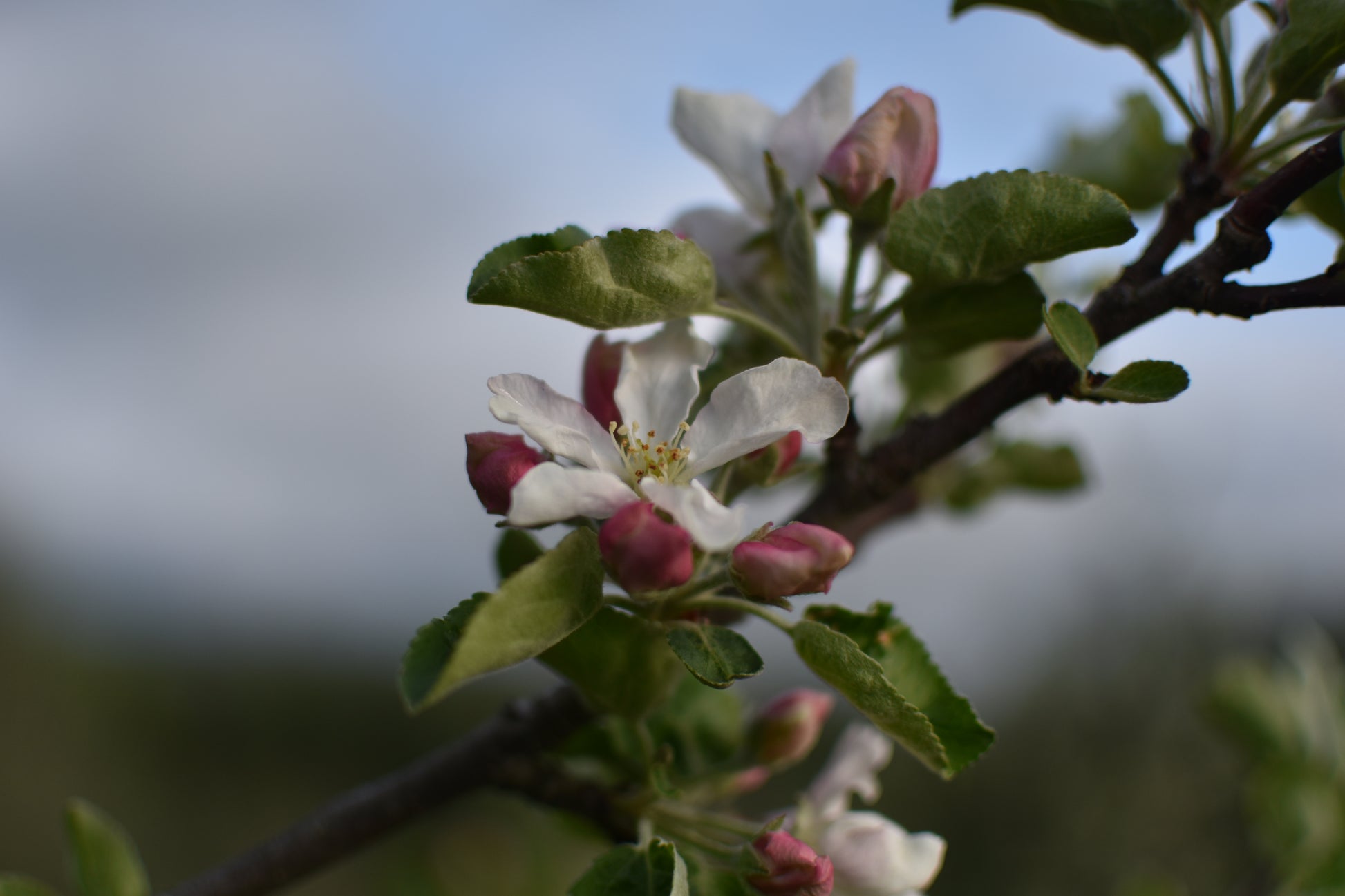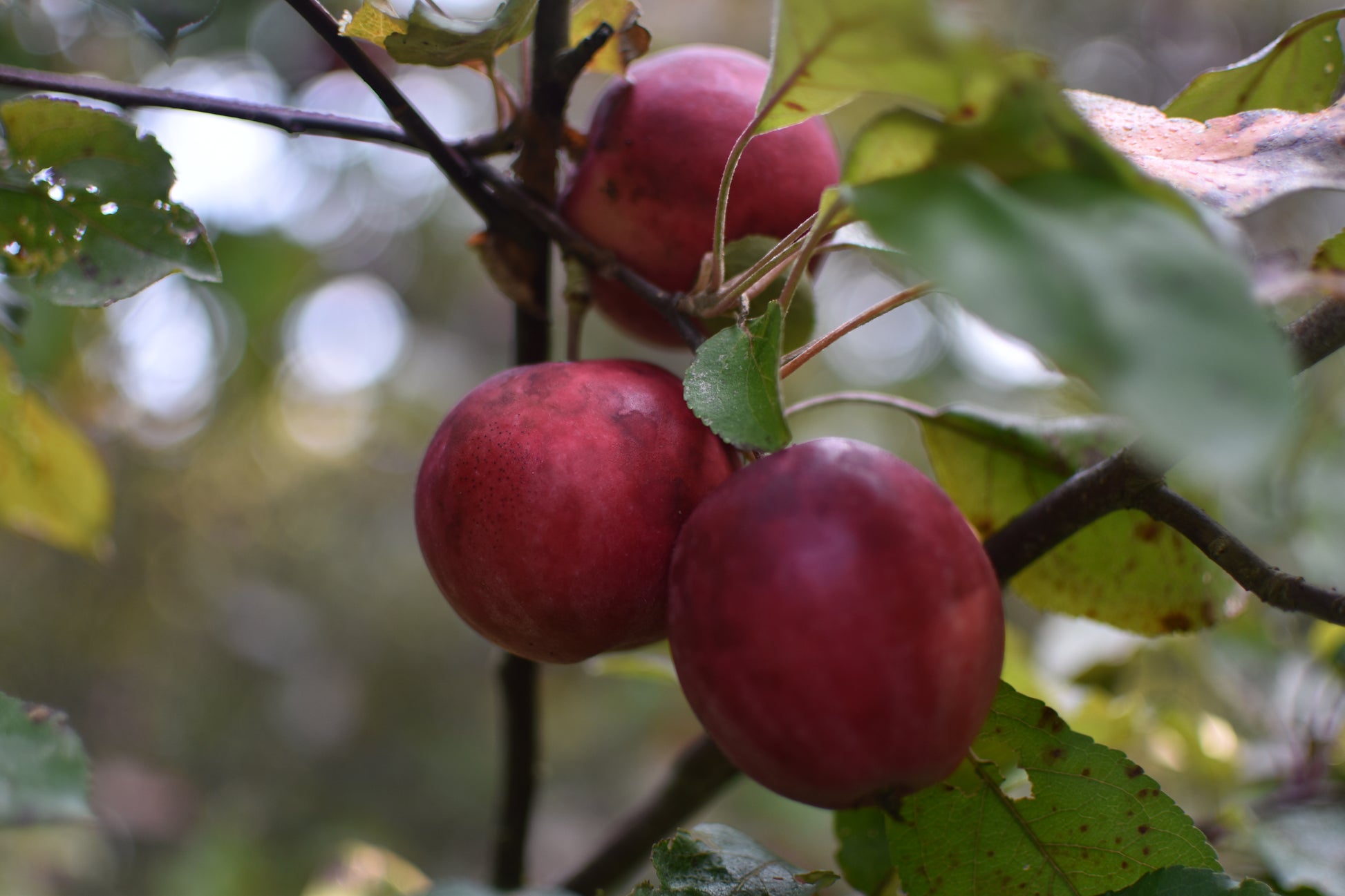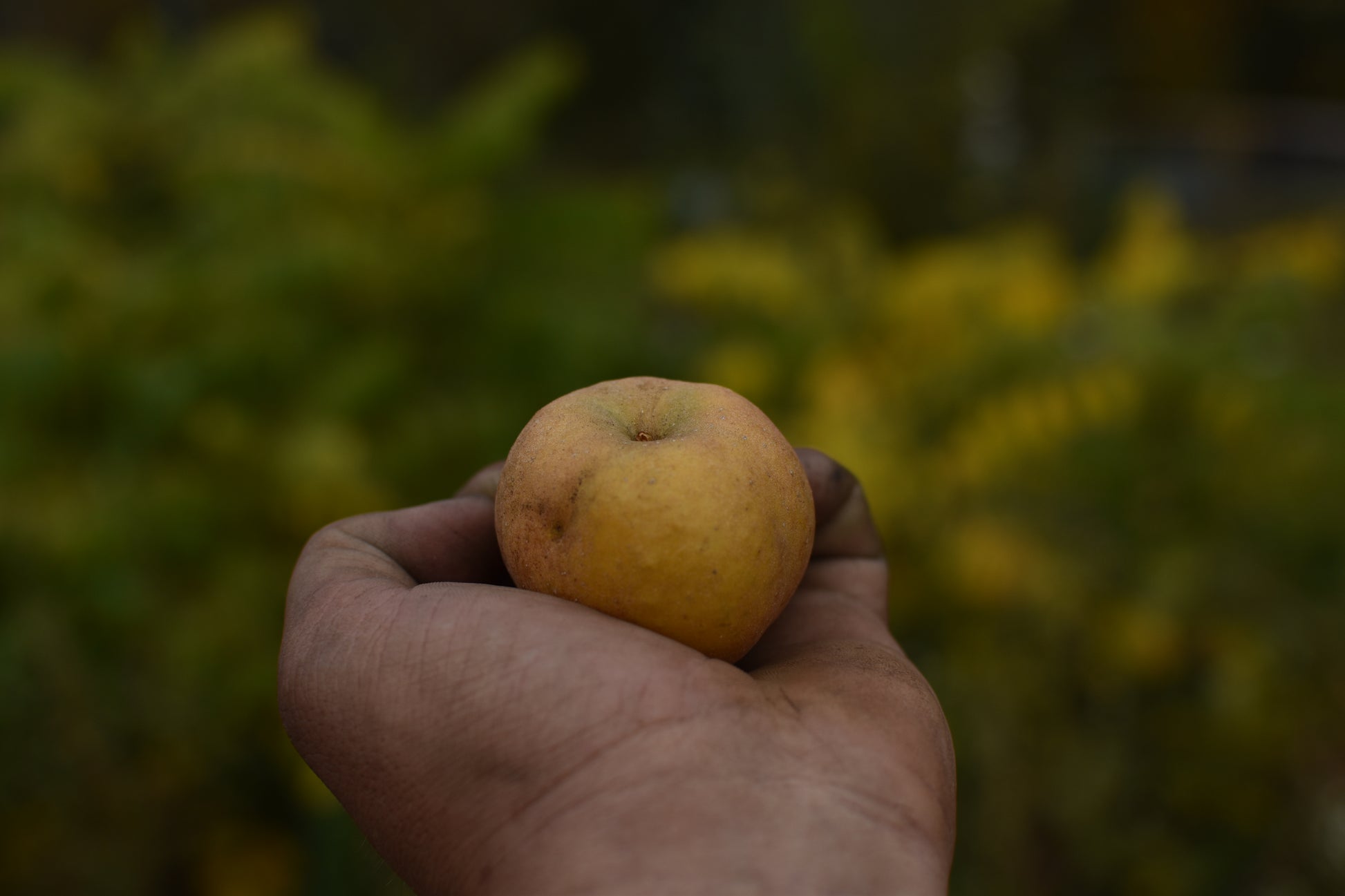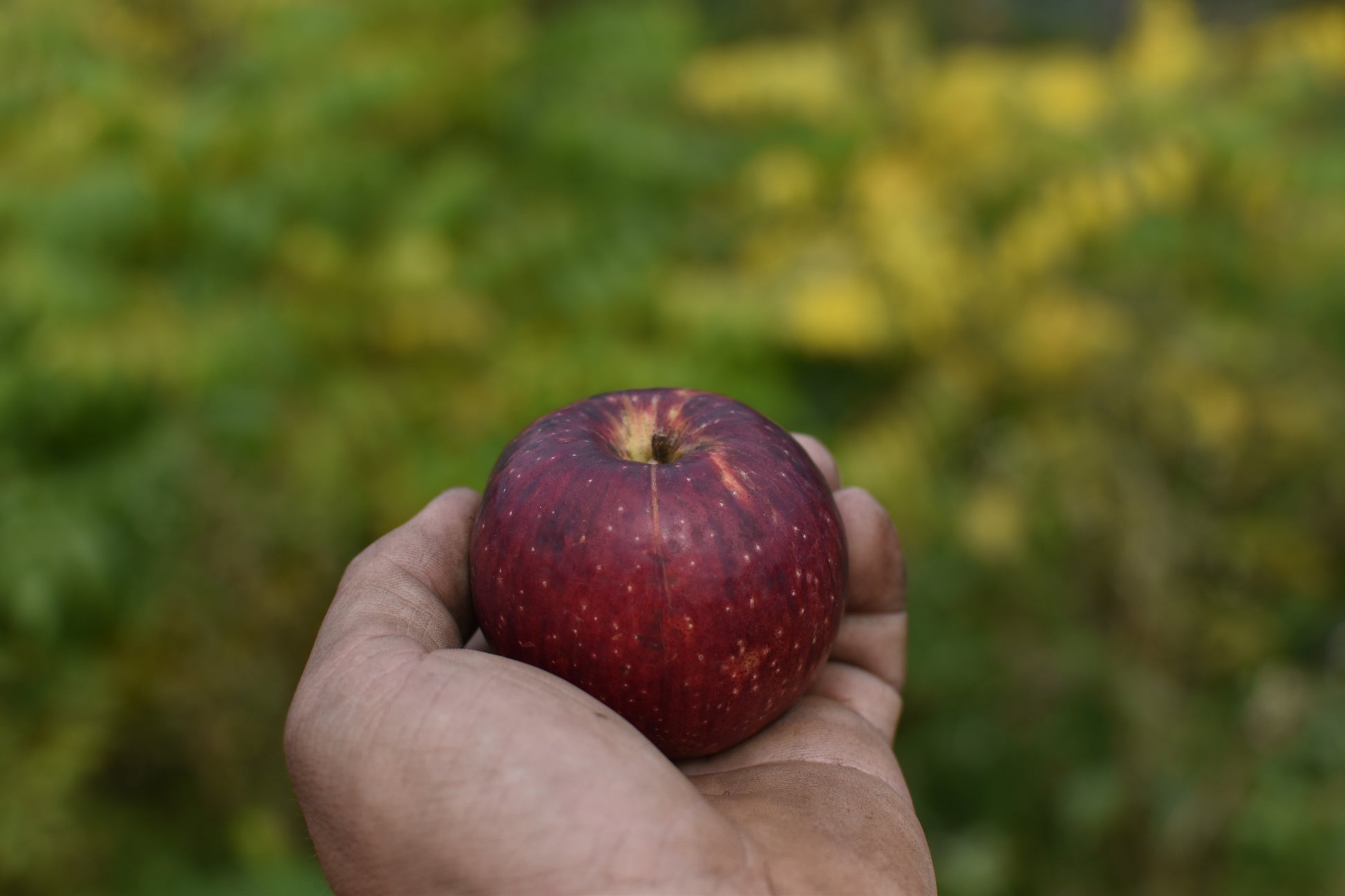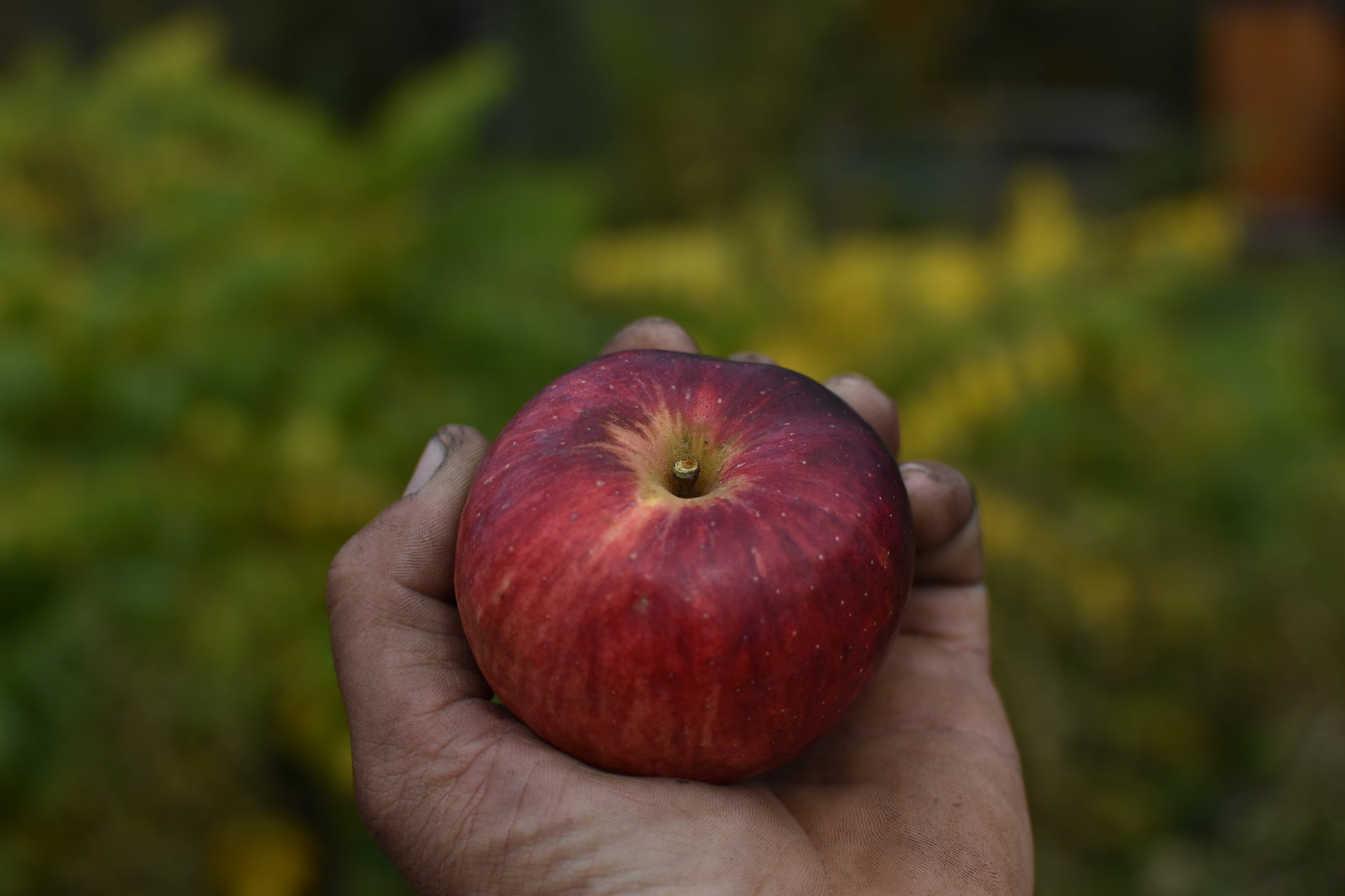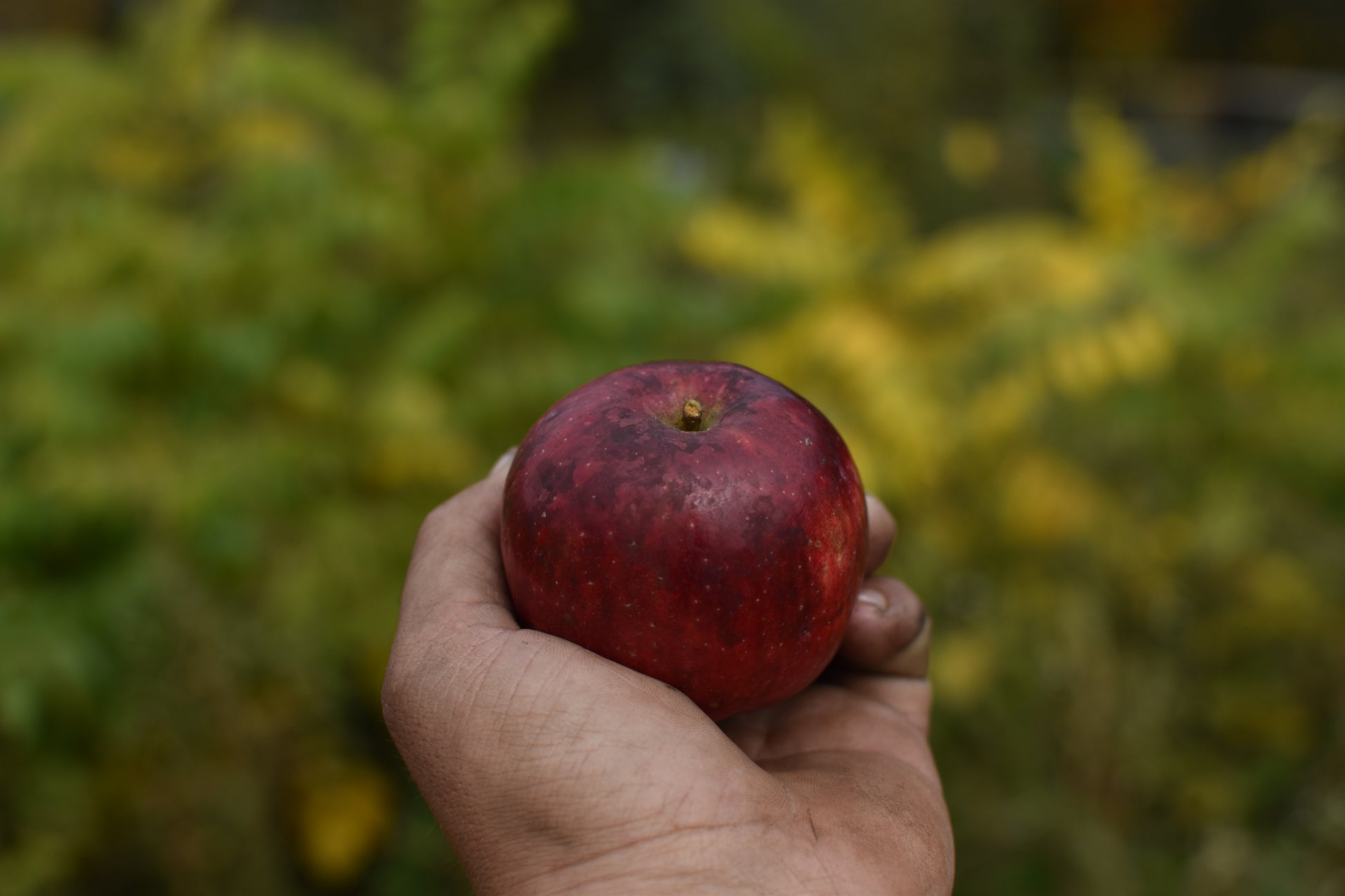La Réfriche Nursery
Apple tree
Apple tree
Couldn't load pickup availability
Honeycrisp apple (Zone 3, late) - Crisp, juicy apple with a honey-like flavor that preserves well. The tree is susceptible to fire blight. In environments where there is little pressure from this bacterium, it can be controlled by appropriate pruning. It also has some resistance to scab.
Golden Russet apple (Zone 4, late) - An old variety with crunchy flesh and a sweet, fragrant taste sometimes reminiscent of a pear. Its thick skin protects the apple from insects and disease. Some people don't like the skin, while others love it. Excellent for eating fresh, in pies and for making cider. Slightly susceptible to bacterial blight and scab. The latest apple in our orchard, it is harvested from the third week of October to the first week of November.
Dolgo crabapple (Zone 2, mid-season) - Although many enjoy it fresh for its firm, sweet taste, the Dolgo crabapple is particularly renowned for its high pectin content, which makes it an essential ingredient in jellies and jams. What's more, this crabapple tree is highly ornamental and an excellent pollinator, thanks to its abundant and prolonged flowering.
Apple Tree Choix de la Réfriche 1 (Zone 4, late) - This apple comes from our favorite tree in the orchard planted by the former owners of our farm. We don't know the tree's original cultivar, but it produces a sweet, thin-skinned apple in abundance, with crisp, juicy flesh reminiscent of Cortland. The tree produces abundantly year after year and is slightly susceptible to scab. That said, most of the apples remain intact. They're great for eating fresh, in pies and applesauce. This is the second-latest apple in our orchard. It is harvested towards the end of October.
Apple Tree Choix de la Réfriche 2 (Zone 4, early) - This apple comes from our second-favorite tree. The tree was planted closer to our farm building by the previous owners. The characteristics of these apples are not found in any other tree on our farm. This apple has a thin skin, a crisp, very juicy flesh, and the sweet, slightly tart taste of apple juice. During the first week of fruit ripening, in early September, this apple eats well as is. Then, when ripe for juice, it develops a slight sparkling taste. Although very good fresh, we prefer to use them in juices, applesauce and cider.
Biotope
Biotope
Apple trees should be planted in deep (at least 65 cm), well-drained soil with a slightly acid pH (6.5) and full sun exposure.
Wood
Wood
Apple wood is dense, hard and heavy. Its fine grain enables the precise woodworking required for kitchen utensils. It is also widely used for smoking food.
Size and shape
Size and shape
At present, all the apple trees we produce are full-sized and long-lived. Standard apple trees, with a more established root system, will offer greater resilience in the face of drought episodes, which will become more frequent as a result of climate change.
At maturity, these apple trees will be up to 6 m tall and 4.5 m wide. We recommend spacing them 10 m apart.
The size and growth habit of apple trees varies according to the individual grafted. While waiting for our detailed data sheets on each of the apple trees we offer, we recommend you carry out an internet search.
Pollination
Pollination
Although the Dolgo crabapple is self-fertile, all apple trees currently available are self-sterile, meaning that two different trees with overlapping blossoms are required to produce fruit. To facilitate pollination of your apple trees, we recommend either two different apple trees of the same season or one apple tree with the Dolgo crabapple tree.
Source
Source
Our apple trees are produced entirely at the La Réfriche nursery. Harvesting seeds from our orchard, producing rootstocks, grafting and monitoring growth is a minimum two-year process. We're proud to offer you our meticulously crafted apple trees.
Share
